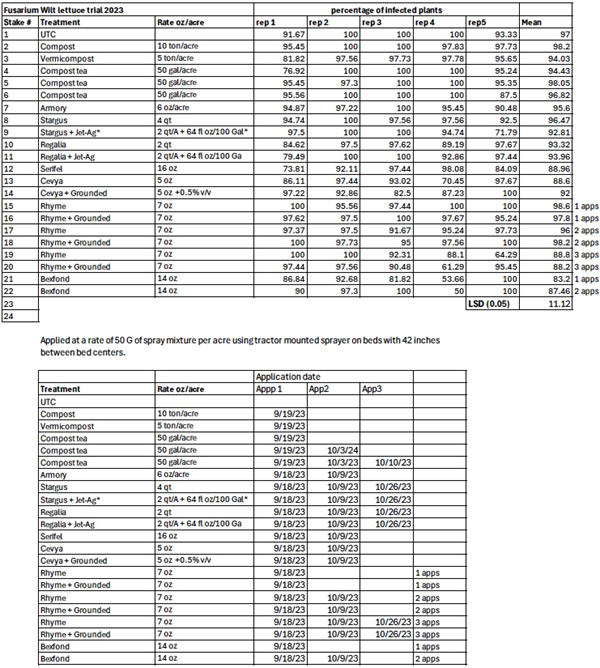Oct 18, 2017
Ditch Bank Weed Control
Weeds are a problem year after year even where they have been diligently controlled. A major reason for this is that weed seeds continually move into fields by irrigation water, wind, equipment, contaminated seed and other means. Controlling weeds on irrigation ditch banks can greatly help to reduce weed seed movement into fields.
The EPA regards non-crop areas as those that are not dedicated to crop production. Although crops are not normally grown on irrigation ditch banks, these areas should not be managed as non-crop. Several very broad spectrum and long lasting herbicides are registered for non-crop areas which include roadsides, industrial sites, fence rows, around structures, railroads etc. Irrigation ditch banks should be considered separately because of their proximity to crop fields and irrigation water and the potential for herbicide movement into sensitive areas.
It is important to read the label carefully and only use those products that are specifically allowed for use on ditch banks. Some products are restricted to drainage ditch banks or dry ditches. Some can be used only above the water line and some can only be used for non-irrigation ditch banks Because most ditches here are used for irrigation, this can be confusing. The definition of a ditch however, can include an open trench or natural channel. It can also include ditches that are not in use for long periods of time. Some labels specify how long this non-use period should be. Some herbicides that have been used on ditch banks in the past are now restricted from this use because of groundwater contamination or off target movement that has occasionally occurred. Do not assume that products that were used for ditch banks in the past can still be used. Even very old products like MSMA can no longer be used for irrigation or drainage ditches. The following summarizes how some of the more common products that have been used on ditches can be used although the product labels should be read for more complete directions.
Aminopyralid (Milestone MVD) This is a broad-spectrum systemic herbicide. It is a growth regulator but not extremely volatile. It can only be used on “non-irrigation ditch banks”.
Bromacil (Hyvar ,WSA 6 Weed Killer,others) Broad spectrum and very persistent. Can not be used where surface water is present.
Dicamba (Banvel, Clarity ,others) Broad spectrum on broadleaf weeds only. This is a growth regulator that can be volatile,. Can not be used inside of irrigation ditches. Diuron (Karnex,Direx, others) Apply only when water is not present in the ditch.Must be fixed to the soil by moisture. Fill the ditch and let stand for 72 hours and then drain off.
Diquat (Diquat, Reward) This is a contact herbicide that is inactivated by soil. Can be used in both irrigation and drainage ditches.
Fluroxypr (Starane,Vista) This is a broad spectrum growth regulator that controlles broadleaf weeds only. Can only be used on non-irrigation ditch banks.
2,4-D (many formulations and premixes) This is a very volatile plant growth regulator. Can be used on drainage ditches only and not where it might get into irrigation water.
Imazypyr (Arsenal, Polaris, others) Broad spectrum herbicide with both soil and foliar activity. Not for use in irrigation ditches.
Pelargonic Acid (Scythe) Contact herbicide with no soil activity. Can be used in dry ditches, canals and ditch banks above the water line.
MSMA (Bueno 6, Ansar others) Can no longer be used on drainage or ditch banks. Broad spectrum contact herbicide.
Triclopyr (Garlon, Turflon others) Broad spectrum growth regulator. Does not kill grasses. Can be volatile. Can not be used on irrigation ditch banks.
To contact Marco Pena go to:
marcop@ag.arizona.edu








